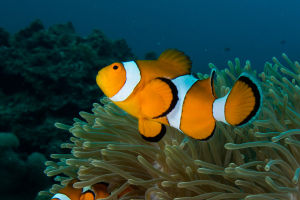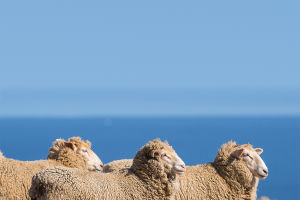People who are new to raising parrots will find that, wow! How come there are so many types of parrots! According to different body, color, pattern and other characteristics, it can be subdivided into hundreds of different parrot species.
Many people may be familiar with cockatiels, budgerigars, and macaws only. In fact, there are many types of parrots. Let me introduce the most common and most popular parrot species and their basic characteristics.
Cockatiels are medium-sized parrots, neither big nor small, and they look very good! Mainly cute! Its face is like a red apple, and the crest on its head is relatively small. (There are usually three hairs on the head, one by one, sharp mouth, and whistle). Cockatiels have a very timid personality and will frighten them when they walk when they are quiet.
Monk Parakeet, its lifespan is generally about 10-15 years, its IQ is very high, its blue color is more common, it is very easy to raise, and it is suitable for novices.
Monk parrots are very good at learning language. They usually only need four or five months to learn to speak, and they don't need any deliberate training on tape recorders.
The budgerigar is a relatively ferocious bird. As the name suggests, the bird looks like a tiger and has a very violent personality. But its advantage is that it looks very beautiful and easy to raise.
Macaws are best at imitating human speech. Its tweet is not very pleasant, but after artificial training, it can perfectly imitate human speech and is loved by many people.
It has another species, the purple-blue macaw. Its population is very rare and it is a wild animal that is endangered and protected in the world.
The grey parrot is a very handsome bird. It also belongs to the kind of large parrot in size, and its life span can reach 50 years. Its body length is generally about 33 to 41 cm, and its appearance is mainly gray.
There are many people raising it at present.
The grey parrot has a very strong tongue learning ability, can imitate many human speeches, and has a relatively high IQ, which is why many people keep it.
In addition to imitating human language, it also imitates the sounds of other birds and mammals in the wild, which is very cute.
However, have you ever wondered why parrots learn to speak?
The vocal cords are an important part of the human vocal organs, and the syrinx is the parrot's vocal organ, located at the junction of the trachea and the bronchi.
When the air enters the syrinx, the birds can make different sounds as the walls of the syrinx vibrate. In addition to having the most basic features of bird vocal organs, parrots also have vocal muscles that can adjust the diameter, sound rate, and tension of the syrinx, and can contract or relax under the control of the nervous system, thereby producing complex sounds.
Tweet. Moreover, the tongue of the talking parrot is very developed, thick and round, and the shape is similar to that of a human tongue, which can help it to imitate human speech.
In addition, parrots also have a special brain structure. The average bird brain has a specific area that controls sound learning, called the "core," but parrots also have a "shell" around the core, which is also involved in sound learning.
Scientists speculate that the parrot's strong ability to imitate may be related to the shell region, and the genome sequence set in this structure may explain why parrots can imitate various sounds and dance to music.
However, the specific sound mechanism remains to be further explored by scientists.


